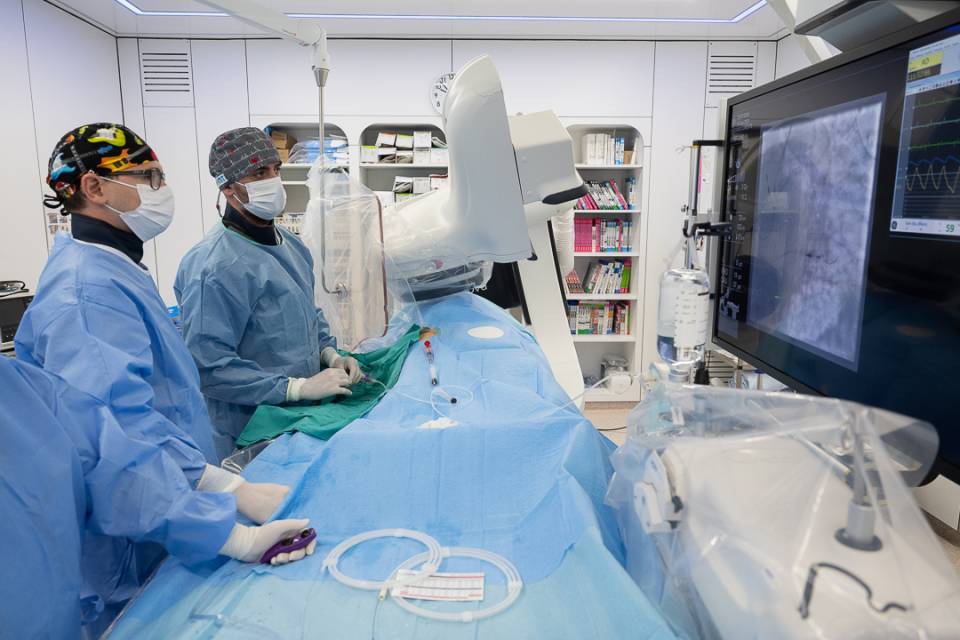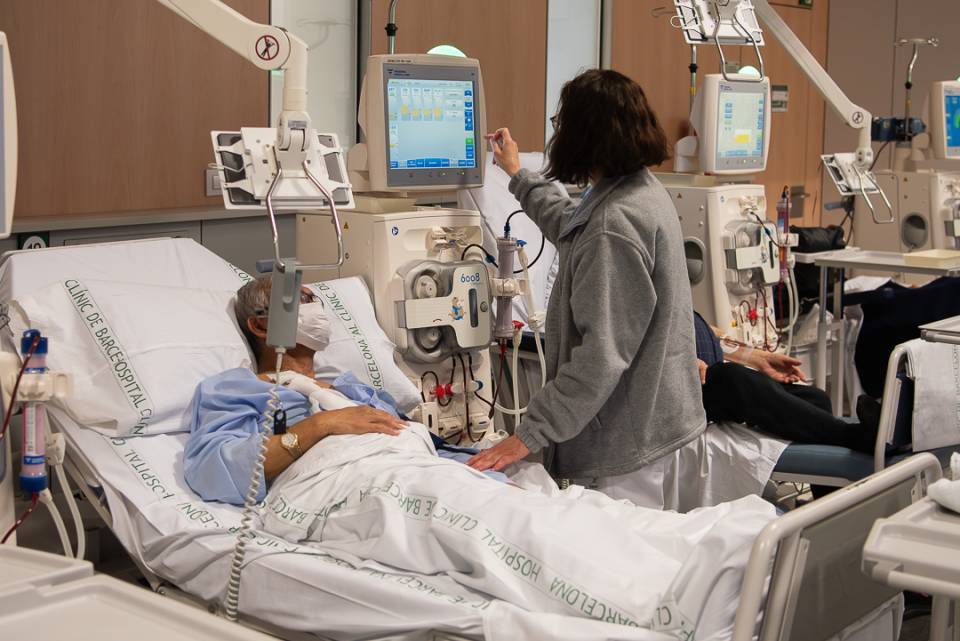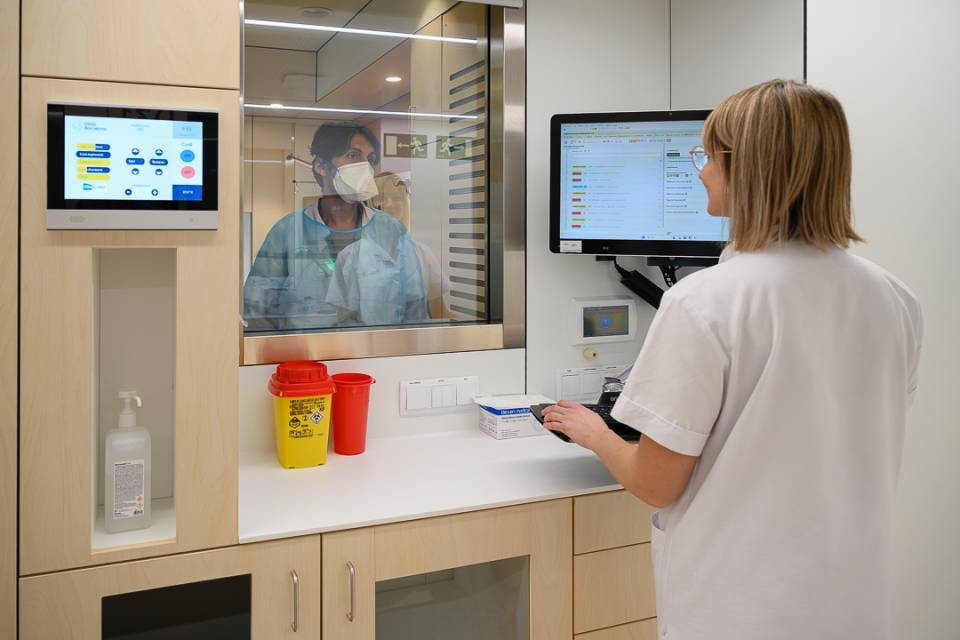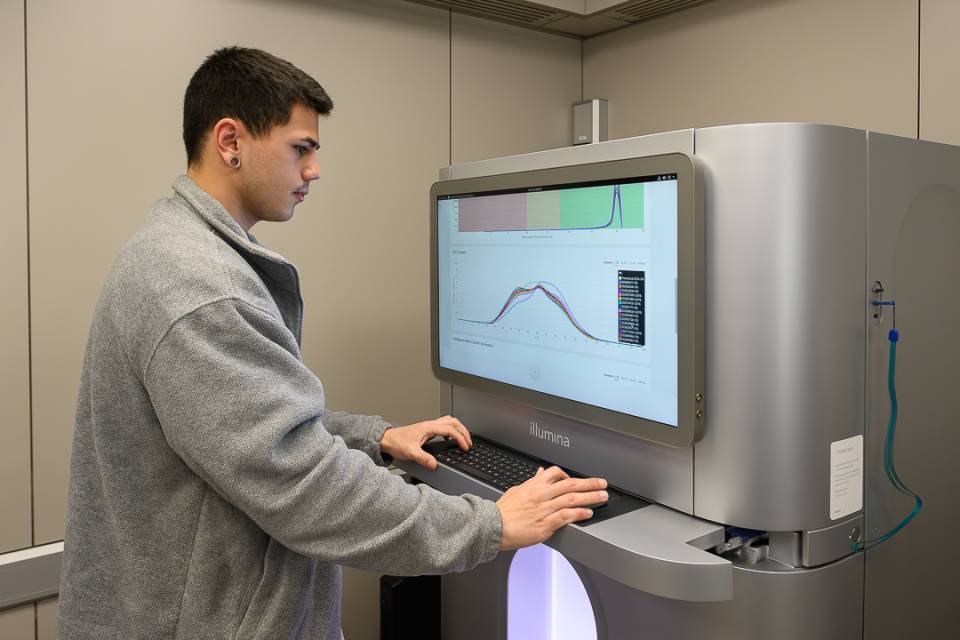Transcatheter repairs are currently the best non-surgical alternative for correcting tricuspid valve dysfunction and improving these patients’ symptoms and prognosis. Thus, the Hospital Clínic is consolidating its programme for this type of procedure, which includes the implantation of an annuloplasty ring, a tricuspid clip, and the implantation of a valve at this level. These techniques are carried out thanks to a multidisciplinary team made up of interventional cardiologists, cardiologists specializing in imaging, anaesthetists, and nurses specializing in haemodynamics, as well as cardiac surgeons.
Dr. Marta Sitges, head of the Hospital Clínic Cardiovascular Institute, says that, “These techniques almost immediately improve the physical capacity of a person who is fatigued due to right-sided heart failure. With these systems, open-heart surgery is avoided and the patient can be discharged 24-48 hours after the procedure”. These techniques are only reserved for patients who present a high surgical risk, as cardiac surgery is still the technique of choice today, especially in young patients with structural valve defects. During the operation, a catheter is inserted into an artery in the patient’s right groin and guided to the heart. It will allow the chosen device (ring, clip or valve) to be moved up and put in place, in order to significantly reduce the tricuspid regurgitation. Once the device has been released, the catheter is removed and a small stitch is placed in the skin, which is taken out 12 hours after the procedure.
Tricuspid valve regurgitation is a condition in which the valve between the two right heart chambers (right ventricle and right atrium) does not close properly. The malfunction of this valve allows the blood to leak backwards into the upper right heart chamber (right atrium), causing progressive fatigue and an accumulation of fluid in the abdomen and lower extremities (oedema). Although tricuspid valve regurgitation may be the result of a birth condition (congenital heart disease), it is most commonly secondary to dilation of the right atrium or ventricle due to concomitant heart disease.
Dr. Xavier Freixa, interventional cardiologist from the Hospital Clínic Cardiology Service, and head of the transcatheter tricuspid repair programme, points out that, “The tricuspid valve has been a forgotten value for many years. The great capacity of diuretic treatment to eliminate the excess fluid accumulated in the body due to tricuspid insufficiency, means that these patients only consult doctors at very advanced stages of their disease. We now know that if we treat these patient earlier with one of these techniques, we can reverse the deterioration of the valve and prevent the patient from having to take increasingly high doses of diuretics”.
Dr. Laura Sanchis, cardiologist specializing in imaging, says that, “In general, tricuspid valve regurgitation does not cause any signs or symptoms in the initial phases of the disease. Only in cases in which the tricuspid valve dysfunction is severe does the typical progressive symptomatology begin to appear”. The obvious signs and symptoms of tricuspid valve regurgitation include: intense fatigue; loss of capacity for physical activity; and swelling or oedema of the legs and abdomen due to fluid retention. At very advanced stages, alterations in the function of the liver or kidneys may appear. Early detection of this pathology is key to determine the best time to intervene on the valve before irreversible organ damage is caused.




